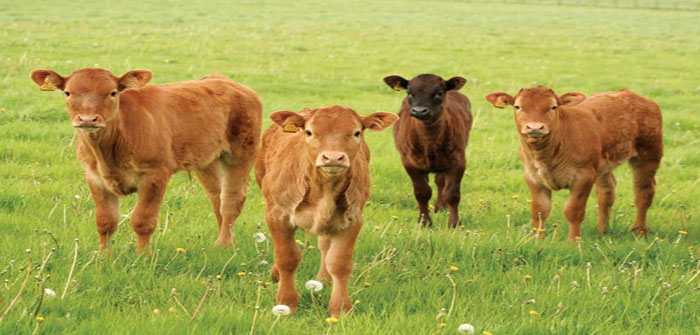Calves should be routinely provided with appropriate analgesia alongside local anaesthesia to effectively manage pain during necessary veterinary and husbandry procedures, stated the British Veterinary Association (BVA) and the British Cattle Veterinary Association (BCVA) in a joint position paper.
The recognition, management and treatment of pain in calves was identified by BVA and BCVA as a priority animal welfare problem following the launch of BVA’s Animal welfare strategy last year, with the two organisations working closely together to progress an evidence-based best practice position and set of recommendations for the profession.
BVA and BCVA’s Analgesia in Calves Position Statement specifically recommends the use of non-steroidal anti-inflammatory drugs (NSAIDs) in addition to local anaesthesia when conducting disbudding and castration in calves, as these are procedures that have been shown to cause acute pain at the time of the procedure and chronic pain afterwards. Analgesics have been shown to reduce the signs of pain in this post-operative period in a wide range of research studies.
The position also recommends the ‘Three Rs’ approach to castration and disbudding of calves, advocating that, where possible, these procedures are: Replaced by, for example, selecting polled sires to replace disbudding; Reduced by, for example, appropriate use of sexed semen to reduce the number of male calves requiring castration; or Refined, with the use of analgesics.
British Veterinary Association President Gudrun Ravetz said: “BVA and BCVA’s joint position further reinforces the profession’s focus as animal welfare advocates, and conveys the need for adequate pain management that is reflective of current scientific understanding of pain recognition and treatment in cattle.
“Existing legislation requires a level of anaesthesia and we would encourage veterinary colleagues and stock-keepers to also discuss appropriate analgesic regimes used so that vets prescribe appropriately licensed NSAIDs and other analgesic medicines as required, as part of ensuring a good life for the animals we farm for food.”


